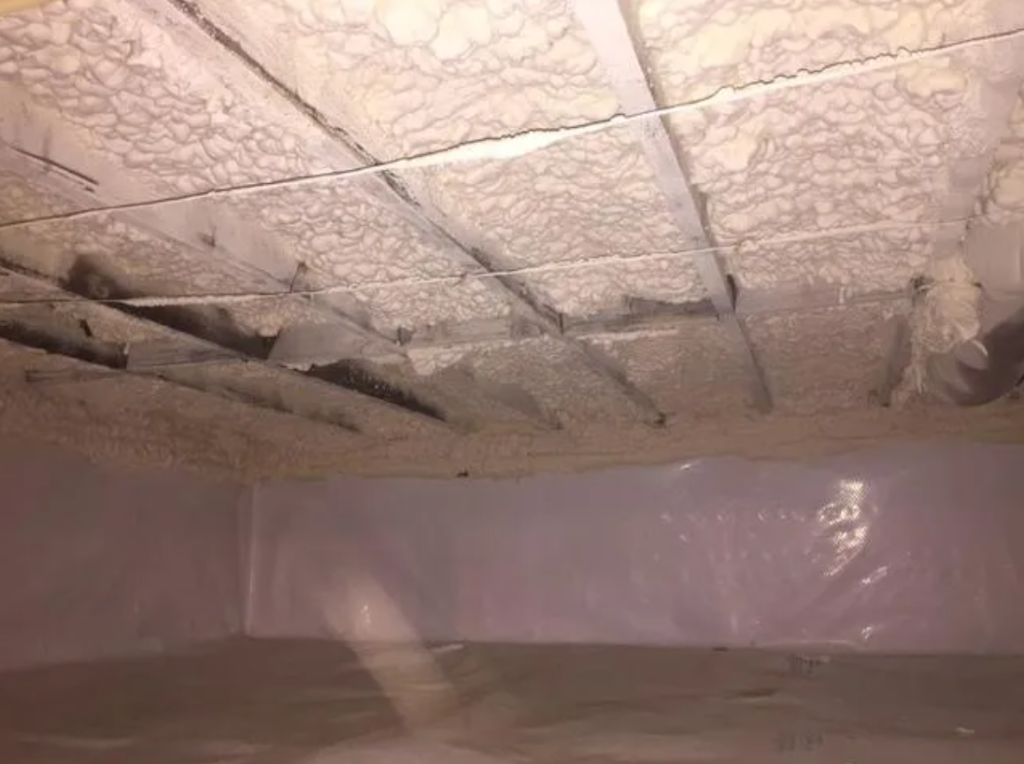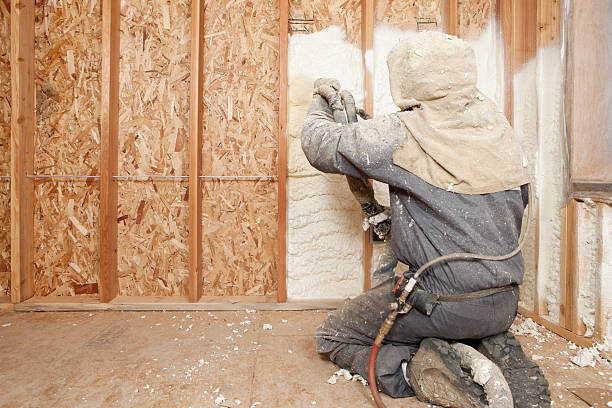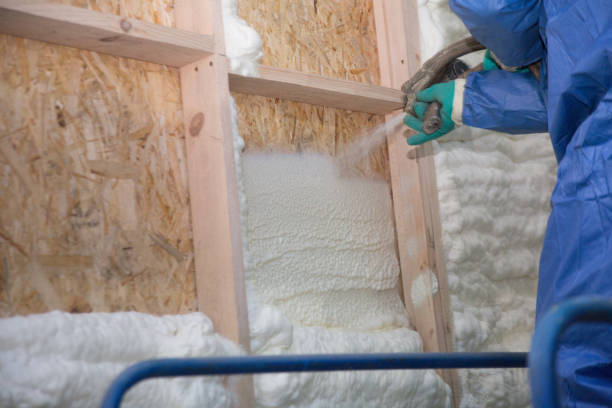
Insulation is supposed to help maintain your home’s temperature. It’s meant to seal air leaks, block drafts, and hold the temperature-controlled air inside. But like many things, all insulation methods are not created equally.
REASONS FOR NOT USING FIBERGLASS
Fiberglass insulation frequently comes loose and falls out of place, which is frustrating and wasteful. It’s not insulating anything when it’s falling to the ground! But it’s not particularly helpful even where it stays in place. Fiberglass insulation can actively cause damage to your wooden flooring structure. This is because the batting absorbs and holds water, much like a sponge. Since this damp material is attached to your joists, beams, and subfloor, the moisture gets “shared” with those wooden components.
Over time, as the fiberglass batting absorbs water, it becomes weighed down and too heavy for the fasteners to hold up. By the time it falls, it may have done substantial damage to your flooring structure.
CLOSED CELL SPRAY FOAM
The spray begins as two liquids, but through the mixing process it becomes a wet foam. Immediately after spraying, the foam expands- filling every gap or crack along the way. It hardens as it dries, and becomes a solid, lightweight insulation that blocks out anything outside your home.
In our industry, spray foam is applied only to joist boxes, which are the spaces between floor joists (along the band board or band joist). It does not have to be sprayed between joists like fiberglass batting, because it completely blocks air flow at the outside perimeter. Spray foam can also be used to seal off crawl space vents for encapsulation.
Spray foam insulation gets into even the smallest cracks, which thoroughly blocks air leaks from the outside. This means no more drafts under your home- and no more cold floors! Spray foam insulation repels moisture, which eliminates a source for mold to grow. This is another win for air quality. Keeping moisture out also helps prevent damage to the flooring components. Since spray foam sets up into a hard, dense material, it deters both insects and larger pests. Sure, if a raccoon is determined to claw its way through spray foam it probably can. But most pests don’t want to work that hard when there are more accessible spaces nearby. It adheres to the surface where it is installed, no fasteners needed. It also conforms to the exact space it’s in. This keeps it from deteriorating or falling. The life expectancy of spray foam insulation is 80+ years.
Give us a call to schedule a free site visit to provide you with an estimate
Credit goes to Kelly Kater in Crawl Space Repair & Maintenance July 16th, 2020



